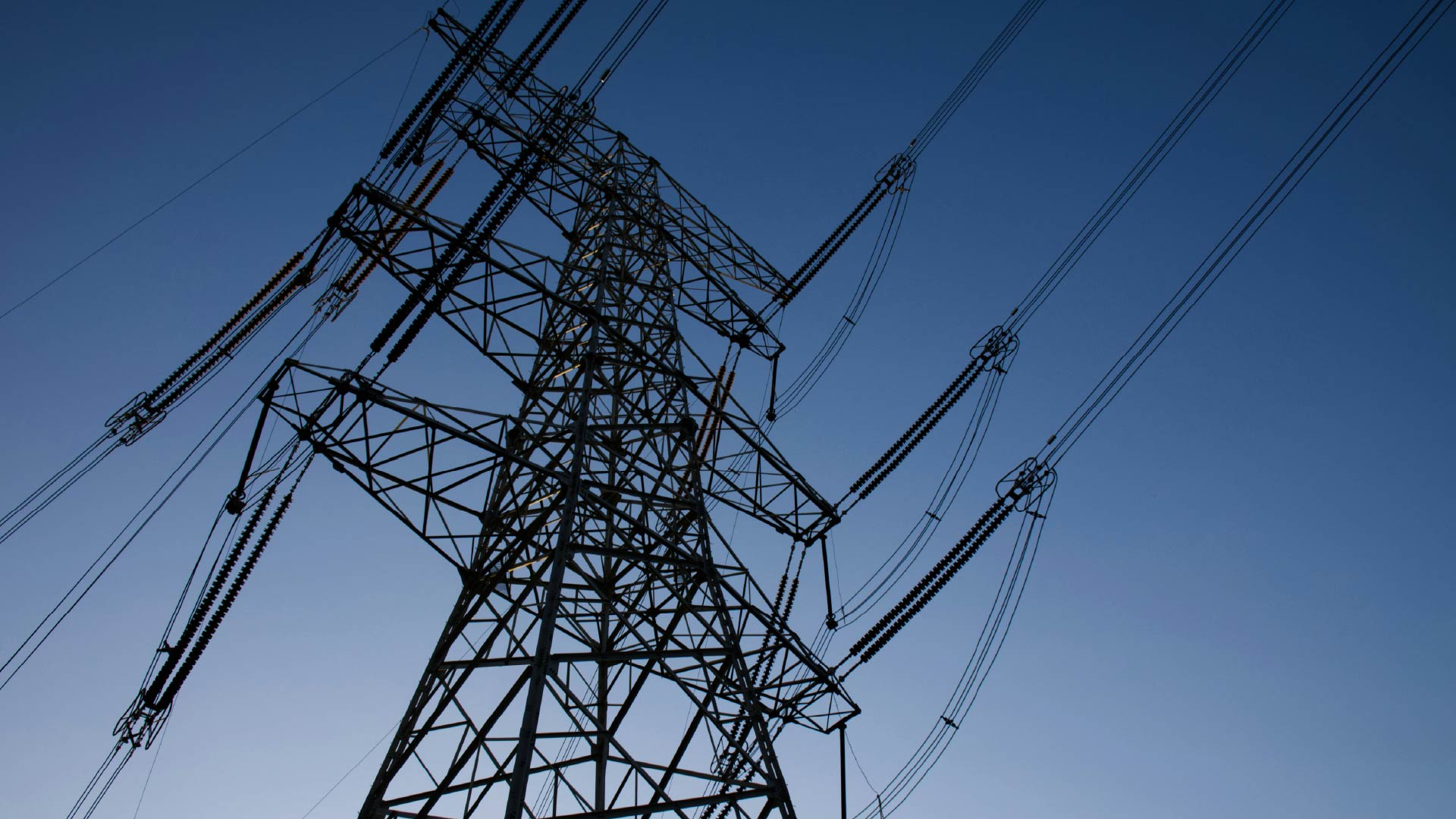Australia’s New 2035 Climate Target Opens Pipeline Of Opportunity For Clean Tech And Associated Software Providers
Australia’s new climate target to cut greenhouse gas emissions by 62%–70% by 2035 signals an acceleration of its decarbonization agenda. Building on a 43% reduction by 2030, the government has tied the goal to sector-by-sector plans and a package of targeted funding: A$5 billion for a Net Zero Fund to help industrial facilities decarbonize, A$2 billion for the Clean Energy Finance Corporation to drive low-emissions manufacturing and A$1.1 billion for clean fuel production.
The breadth of the plan is notable. Rather than leaning on one sector, it outlines transformation across electricity, transport, industry, agriculture and land use. This creates a decade-long pipeline of demand for clean energy, storage, transmission, hydrogen, low-carbon fuels and carbon removals. For solution providers, the message is clear: opportunities will span infrastructure, industrial process upgrades, and services that reduce the cost and complexity of the transition. For investors, the target provides a strong signal of policy direction and reduces uncertainty about the role of clean energy in the economy. Importantly, corporate sentiment is already shifting in this direction: the recent Verdantix survey of Australian energy leaders found that 72% of firms rank operational resilience as the ‘most important’ or a ‘very important’ factor when making the business case for energy transition investments. This appetite for resilience, combined with high levels of capital spending and structural change in the energy system, points to a dynamic environment in which solution providers can scale and investors can find new growth pathways.
Crucially, this wave of investment will not be delivered by hardware alone. Software solutions will provide the digital backbone, underpinning emissions tracking, optimization and verification across sectors. Grid operators will need advanced tools to balance renewables, industrial sites will turn to digital twins and optimization platforms to cut costs and emissions, and carbon markets will rely on data integrity.
Critics argue that the new target does not go far enough, noting that climate scientists and policy experts have called for cuts of at least 75% by 2035. They also highlight that while Australia has mapped out sectoral plans, there is no roadmap for phasing out fossil fuel production or exports – an omission given their scale in the national economy. Compounding this, the target does not account for Scope 3 emissions, meaning the carbon impact of exported coal and gas is excluded from the national inventory. Together, these gaps raise questions about the credibility of the commitment and the extent to which it positions Australia as a genuine leader in global climate action.
To learn more about Australia’s energy transition, read Verdantix Market Insight: Australia Energy Transition in Focus and stay tuned for the upcoming report, Markt Insight: Australia Energy Transition Investment Trends.
About The Author

Gus Brewer
Industry Analyst





